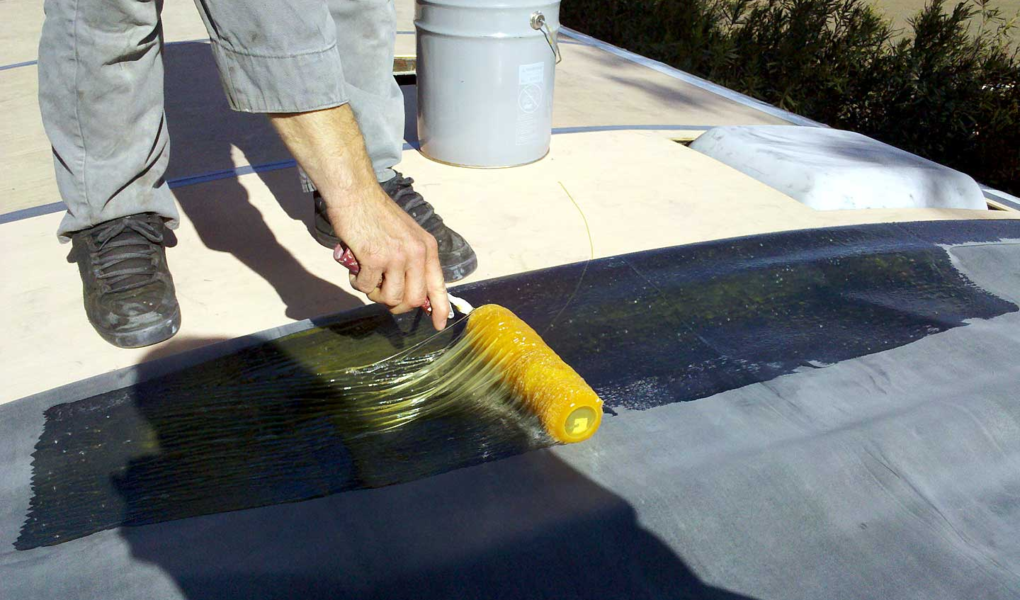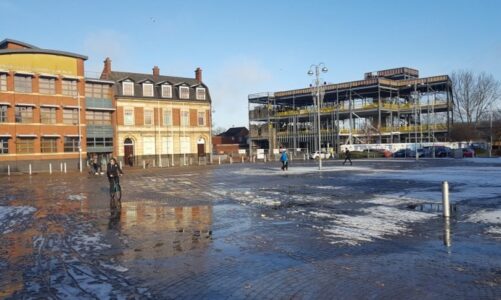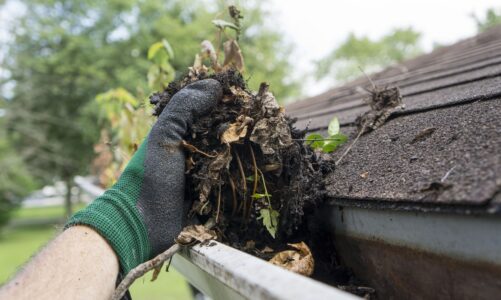Imagine a rainy day when you see a dripping sound hitting the inside of your plaster ceiling. With time, the walls and ceiling start to turn brown, and the paint starts to bubble. That is what goes on when your home waterproofing has broken down.
Waterproofing prevents water from seeping into the home’s surfaces and causing major problems like mould growth and damage to the property of yours.
How you can tell whether waterproofing is needed
Probably the most obvious sign is when your ceiling starts dripping during a rainstorm. After some time, there will be a musty odour and mouldy or perhaps brown coloured patches on the floor or the walls where the leakage is actually occurring.
Allow me to share the 5 most common techniques of waterproofing your floor: and roof.
Click here to contact the best roof coating Fife
1. Cementitious waterproofing
This method uses cement to create a solid, water-resistant layer. The cement is actually mixed with an acrylic additive to produce a sturdier, durable base, then applied as a thick layer and then left to dry and harden.
It does not expand or perhaps contracts under heat exposure. This method is generally applied in household internals, waterproofing the bathroom of yours before the tiles are actually laid.
2. Elastomeric waterproofing coating
In elastomeric waterproofing, a special rubbery liquid is actually used. After putting on a coat or perhaps 2, it cures into a thin rubber waterproof membrane.
Unlike cement, this layer is actually stretchable. This’s essential when used as outdoor waterproofing, as it can elongate as much as 280 % in strong sunlight.
The liquid may be rolled, troweled or perhaps sprayed on. This strategy is most appropriate for roof waterproofing.
3. Bituminous waterproofing coating
Bitumen is actually used to pave roads, but it’s also used for waterproofing. Also known as asphalt, it is flexible as a result of the polymer grade and fibre reinforcements.
This black liquid is generally applied like paint, spread onto the surface area. Thanks to it containing bitumen-based substances, it is not appropriate for sunlight exposure as it turns brittle under heat.
Thus, if used on a rooftop, it has to be covered by another protective layer such as cement.
4. Bituminous waterproofing membrane
This particular form of waterproofing comes in a sheet and is actually rolled out onto the surface area. It is most appropriate for low sloped roofing due to its effectiveness.
Membrane waterproofing comes in 2 types; torch on and self-adhesive.
Torch-on membranes are used with a blow torch and then burned as they’re being rolled out, whereas self-adhesive ones stick onto the surface area.
Nevertheless, self-adhesive ones tend to have a shorter lifespan as they wear out over time.
5. Polyurethane liquid membrane
The final technique is also the most expensive and is actually used primarily on flat roofs. It is probably the simplest form of liquid waterproofing and can withstand the exposure of elements, thus deeming it both an exposed and non-exposed system.
It’s also highly malleable, meaning it can stretch without giving way. Nevertheless, polyurethane is actually sensitive to moisture content. The structure’s surface has to be thoroughly evaluated before applying to make certain it does not cause damage in the long haul.
Overall, it offers a sleek finish, and it is quite durable by normal standards.
Exactly how much does it cost to waterproof your floor or perhaps roof?
The cost of waterproofing isn’t restricted to the price of the materials alone. Professional waterproofing contractors will need to do a detailed inspection to find out if there needs to be some preparation work.
Some surfaces may require cleaning before applying the waterproofing, or perhaps, if the surface is actually uneven, it may need hacking to level it.
For an ordinary terrace house in Malaysia, preparation may range between RM500 to RM2, zero depending on the problem. The last amount is going to depend on the waterproofing material used.
Are you able to do waterproofing on your own?
If the cause of the leak is a breeze to detect, then it is possible to DIY your waterproofing. For instance, when the leak is actually coming from a worn-out window seal.
Nevertheless, when the roof is actually leaking into your ceiling, it could be tough to identify the cause of the leak. You might have to climb up the roof of yours or perhaps into your attic to investigate.
In this instance, repairing the leak could be a complex task that requires careful execution and expert assessment to stop the problem from escalating.
Click here to contact the best roof sealing Fife




